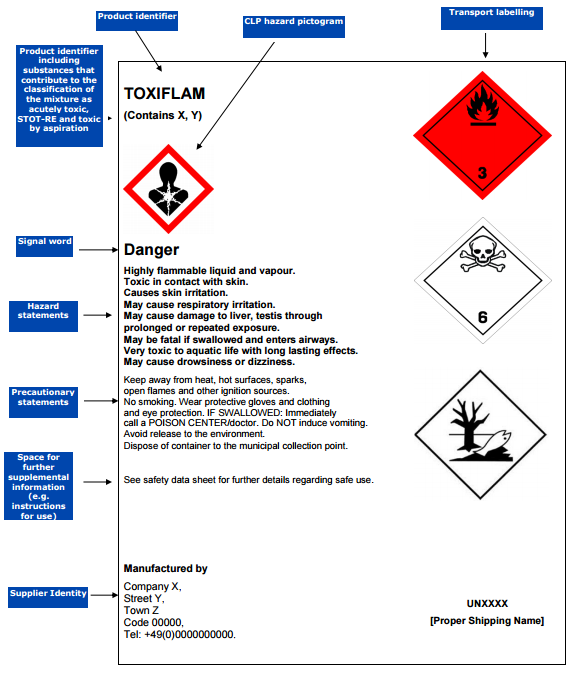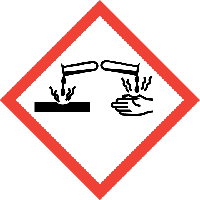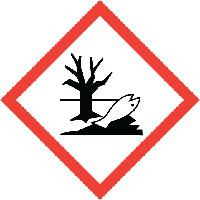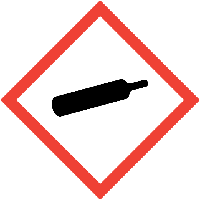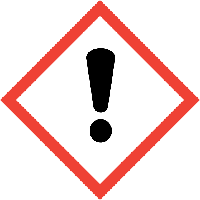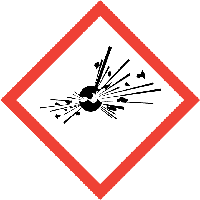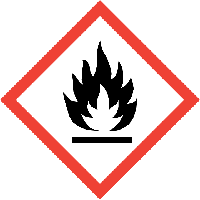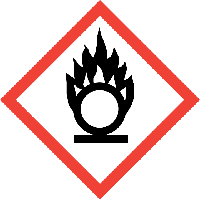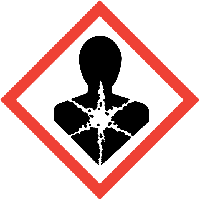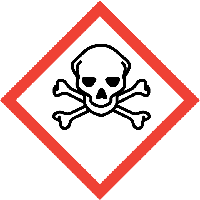To execute and manage the technical, administrative, and scientific aspects of REACH, the European Chemicals Agency (ECHA) was created.
It took effect on June 1, 2007.
REACH requires that chemical manufacturers and importers with volumes greater than one ton per year provide information on the physiochemical properties and environmental and health impacts of their chemicals, so that they are used in a safe manner.
CLP Regulation
The CLP Regulation seeks to apply within the European Union the criteria agreed internationally in the Globally Harmonized System of Classification and Labeling of Chemicals (CLP/GHS). It took effect on January 20, 2009, and was implemented progressively, beginning first with chemical substances and later mixtures, coexisting with the regulations to be repealed until its full implementation. This means that the regulations are constantly changing.
Important modifications affecting:
- Labeling and classifications requirements for hazardous substances.
- Specific rules for packaging and labeling of substances and mixtures.
- List of hazard statements, additional information on hazards, and elements that must be included on labels.
- Hazard pictograms.
- List of precautionary statements.
- Harmonized classification and labeling for certain hazardous substances.
- Correlation table between the classification from Directive 67/548/EEC and the classification from the CLP Regulation.
The purpose is to harmonize criteria for classification of mixtures and substances and regulations on labeling and packaging.
The CLP Regulation establishes that providers are responsible for labeling substances and mixtures sold.
The labels include the following contents:
1.- The name, address, and telephone number of the provider.
2.- The nominal amount of the substance or mixture contained in the container, unless already indicated elsewhere on the container.
3.- Identifying information on the product. This allows the substance or mixture to be identified. The identifying information must be the same as that which is shown on the Safety Data Sheet, including, at minimum:
- For substances:
-
If the substance is included in the harmonized classification and labeling table from the CLP Regulations, the name and identification number from the table must appear.
-
If it is not included in said table but it is included in the classification and labeling catalog, a name and identification number must appear as they are shown in said catalog.
-
If it is not included in the classification and labeling table or in the classification and labeling catalog, the CAS number of the substance must appear together with its IUPAC nomenclature, or the CAS number may appear with one or more other international denominations.
-
If there is no CAS number, the IUPAC or other international denominations must appear.
-
- For mixtures:
-
The commercial name or denomination of the mixture.
-
The identification of the substances that comprise the mixture and that contribute to its classification with regard to hazards to health.
-
4.- Hazard pictograms corresponding to this regulation.
5.- Signal words: Based on the classification of the mixture or substance. The signal words are:
- Danger.
- Warning.
“Wherever the word 'Danger' appears, the signal word 'Warning' will not appear”.
6.- Hazard statements: The hazard statements corresponding to the classification of the hazardous substance or mixture appear.
7.- Precautionary statements:
Download precautionary statements
**There will appear no more than 6 precautionary statements unless more are needed to reflect the nature and severity of the hazards.
8.- Additional information: Information relating to physical properties, effects on health, specific packaging rules, and rules for packaging of phytosanitary products.
General characteristics of labels
According to the CLP Regulation, the following rules must be followed:
1.- The hazard pictogram must be perfectly identifiable and all elements will be clearly marked.
2.- The label must be placed horizontally in the position at which it is normally located on the package.
3.- Its dimensions must be as follows:
| Capacity of package | Dimensions (mm) |
| up to 3 liters | 24x74 |
| greater than 3L, maximun of 50L | 74x105 |
| greater than 50L, maximum of 100L | 105x148 |
| greater than 500L | 148x210 |
**The label will not be necessary when all its elements are clearly shown on the package itself.
4.- The signal words, pictograms, hazard statements, and precautionary statements must be together on the label.
5.- Each hazard pictogram must cover at least one fifth of the surface area of the label, and the minimum surface area will be no less than 1cm2.
| Capacity of package | Size of the label (mm) | Sizes of each pictogram (mm) |
| up to 3L | 52x74 | 16x16 (no less than 10x10) |
| greater than 3L, maximum of 50L | 74x105 | 23x23 |
| greater than 50L, maximum of 100L | 105x148 | 32x32 |
| greater than 500L | 148x210 | 46x46 |

